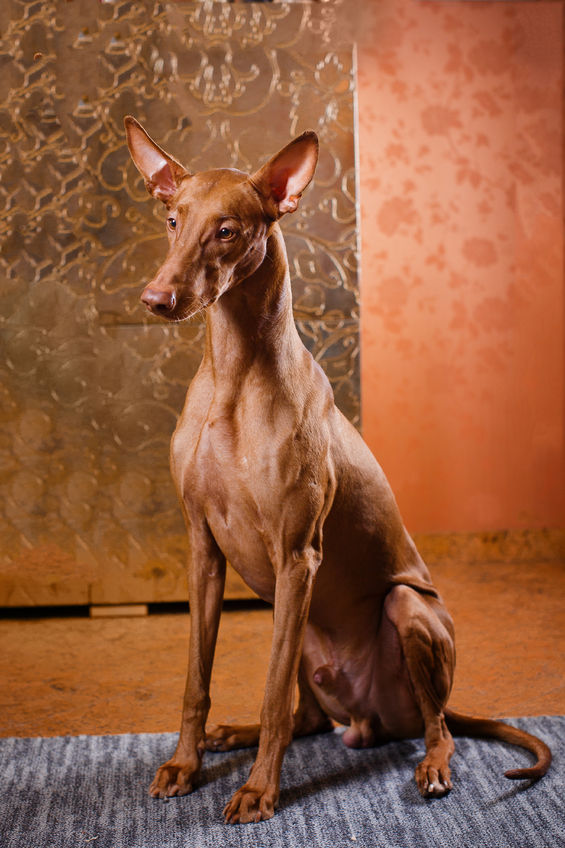
Ancient Egyptian Dog Breeds: Loyal Companions of Pharaohs
The ancient Egyptians are renowned for their remarkable civilization, which spanned millennia and left an indelible mark on history. Among their many achievements, one aspect of their culture that stands out is their profound appreciation for dogs. Dogs were highly revered in ancient Egypt, serving both practical and symbolic roles in this ancient society. Let's explore the fascinating world of ancient Egyptian dog breeds and their significance.
The Beloved Companions
Dogs were more than just pets in ancient Egypt; they were considered treasured companions. Various depictions in art and hieroglyphs showcase Egyptians hunting, herding, and simply enjoying the company of their dogs. The mutual bond between humans and dogs was evident in their art, where dogs were often featured alongside their owners. They were also seen as protectors, safeguarding homes and temples from intruders.
Sight Hounds and Guard Dogs
Ancient Egyptians had distinct breeds, each bred for specific purposes. One well-known breed was the Saluki, a graceful and elegant sight hound. These dogs, known as "Tesem" in ancient Egypt, were admired for their hunting prowess. They were often depicted in tomb paintings, showcasing their agility and speed during hunting expeditions.
Guard dogs, on the other hand, served to protect homes and properties. The Basenji, known as the "African Barkless Dog," was one such breed utilized in ancient Egypt. It was known for its keen senses and, as the name suggests, its tendency to be relatively quiet compared to other breeds.
Symbolism and Religious Significance
The ancient Egyptians were deeply spiritual people, and dogs played a role in their religious practices. The jackal-headed god Anubis, associated with mummification and the afterlife, was often depicted as a man with a jackal's head. This symbolized the transition from life to death, emphasizing the importance of these animals in Egyptian spirituality.
Small Breeds
In addition to larger breeds, smaller dogs were also popular in ancient Egypt. They were often kept as pets, much like lap dogs today. The small greyhound-like breed known as the "Shrewsbury Sloughi" was a cherished companion for the Egyptian elite.
Breeding and Lineage
Breeding practices in ancient Egypt were meticulously documented, and certain dog breeds were highly prized for their purity and lineage. These purebred dogs were kept to preserve the breed's characteristics, particularly those used in hunting and guarding.
Legacy and Heritage
The legacy of ancient Egyptian dog breeds has left a lasting impression on modern canine companionship. While specific ancient breeds like the Tesem or the Shrewsbury Sloughi have evolved or become extinct over the centuries, the love, admiration, and reverence for dogs have endured. Today, many dog breeds around the world share ancestral links to the dogs of ancient Egypt.
Conclusion
The ancient Egyptians held dogs in the highest regard. These loyal and loving companions were an integral part of their daily lives and spiritual beliefs. The dogs of ancient Egypt not only enriched the lives of the people of that time but also left an enduring legacy that continues to be cherished by dog lovers around the world today.


